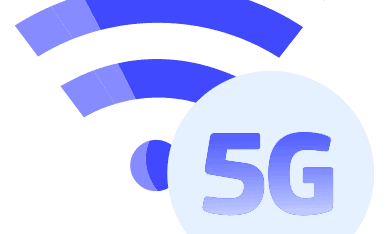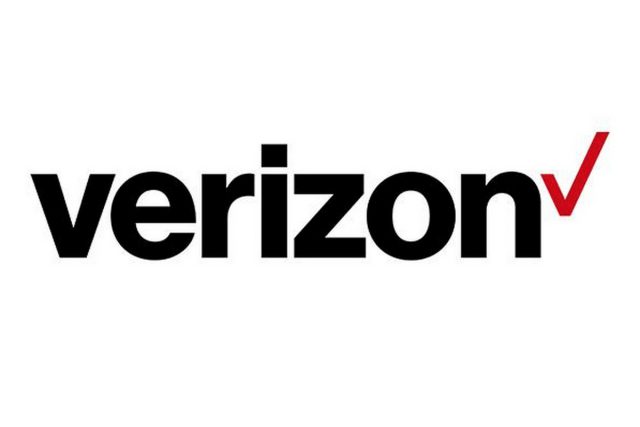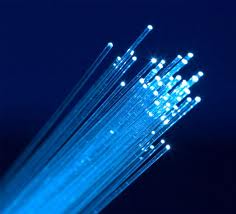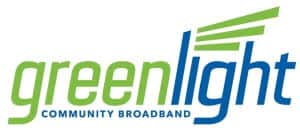 Chinese consumers are enjoying some of the lowest priced mobile plans in the world as several giant wireless companies compete to attract customers interested in 5G wireless service.
Chinese consumers are enjoying some of the lowest priced mobile plans in the world as several giant wireless companies compete to attract customers interested in 5G wireless service.
Prices have been coming down fast in the ongoing price war, with China Mobile now selling its entry level 5G package for just 69 yuan ($9.76 US) a month, 31% off the original price. A premium 5G package that originally was priced at 128 yuan ($18.08 US) now sells for 88 yuan ($12.43 US), if the customer signs a one-year contract.
China Unicom, another competitor, has responded with price cuts of its own, reducing some plan prices by 30 percent. A popular 5G package called “5G Refreshing Ice Cream” costs 90 yuan ($12.72 US) per month, not including a small prepaid service fee and a 12-month contract. A premium 5G package is priced at 103 yuan ($14.55 US) per month and comes with a 24-month contract.
Most of the cheapest 5G plans include unlimited texting, but have talk time limits (usually 200 minutes per month) and a data cap of 30 GB and a speed cap of 300 Mbps. Higher end plans include more talk time and much higher data caps of up to 300 GB and a speed cap of 500 Mbps or 1,000 Mbps, depending on the plan. Customers on budget plans may see traffic de-prioritized on busy cell towers during peak usage times in some cities, but data speeds will always exceed 4G service.
Fu Liang, a telecom industry analyst, told China Daily the competitive pricing was not about trying to force competitors out of business. Instead, operators are trying to attract Chinese consumers to upgrade to 5G-capable devices which will offload traffic from existing 4G networks to more efficient 5G networks, saving carriers money. Faster speed 5G plans are also expected to persuade businesses to create 5G applications and services.
 Mobile handsets with built-in support for 5G are also getting cheaper every day, with prices starting at $210 US in China. Handset purchases are gradually growing as companies build out 5G capacity and coverage in their networks.
Mobile handsets with built-in support for 5G are also getting cheaper every day, with prices starting at $210 US in China. Handset purchases are gradually growing as companies build out 5G capacity and coverage in their networks.
Some American operators are marketing 5G service as a premium product, with at least one (Verizon) charging some a $10 monthly surcharge for access to 5G service.
“When you deliver a differentiated service, you can get a differentiated price point,” Verizon CFO Matt Ellis explained during an investor event held this spring. Verizon temporarily rescinded the fee after customers complained about Verizon’s tiny 5G coverage areas, but the surcharge has since returned for some customers. Verizon waives the fee on its $80 Do More and Play More plan options and the $90 Get More plan, if you activate a 5G device on those plans. A cheaper $70 Start Unlimited plan is also available, but the $10 5G surcharge applies, making it cost as much as Verizon’s other $80 plans.
 Ironically, Verizon’s $10 surcharge is more expensive than some Chinese carrier’s cheapest 5G mobile plans.
Ironically, Verizon’s $10 surcharge is more expensive than some Chinese carrier’s cheapest 5G mobile plans.
Chinese carriers are marketing a range of plans to attract an income diverse customer base, while in the United States, traditional postpaid plan carriers primarily sell much higher-cost plans that bundle “unlimited” talk, text, and data (up to 20-50 GB). Lower income customers are usually diverted to less credit-risky prepaid plans, often sold by independent resellers or specialty carrier-owned brands like Cricket, MetroPCS, or Boost Mobile (soon to be owned by Dish Networks).
 The Federal Communications Commission has announced a new updated version of its FCC Speed Test app, helping consumers evaluate their internet connection while also sharing performance data with the Commission.
The Federal Communications Commission has announced a new updated version of its FCC Speed Test app, helping consumers evaluate their internet connection while also sharing performance data with the Commission.

 Subscribe
Subscribe Verizon is introducing a new wireless home broadband service that will target customers that can get good cell phone reception from home but are stuck with slow speed DSL from the phone company, or no internet access at all.
Verizon is introducing a new wireless home broadband service that will target customers that can get good cell phone reception from home but are stuck with slow speed DSL from the phone company, or no internet access at all. Customer satisfaction with fiber to the home internet service is so high, one industry leader says the only time customers cancel service is if they move or die.
Customer satisfaction with fiber to the home internet service is so high, one industry leader says the only time customers cancel service is if they move or die.
 Chinese consumers are enjoying some of the lowest priced mobile plans in the world as several giant wireless companies compete to attract customers interested in 5G wireless service.
Chinese consumers are enjoying some of the lowest priced mobile plans in the world as several giant wireless companies compete to attract customers interested in 5G wireless service. Mobile handsets with built-in support for 5G are also getting cheaper every day, with prices starting at $210 US in China. Handset purchases are gradually growing as companies build out 5G capacity and coverage in their networks.
Mobile handsets with built-in support for 5G are also getting cheaper every day, with prices starting at $210 US in China. Handset purchases are gradually growing as companies build out 5G capacity and coverage in their networks. Ironically, Verizon’s $10 surcharge is more expensive than some Chinese carrier’s cheapest 5G mobile plans.
Ironically, Verizon’s $10 surcharge is more expensive than some Chinese carrier’s cheapest 5G mobile plans. If you’ve ever lived in small-town America, you know how bad the internet can sometimes be. So one town in North Carolina decided: If we can’t make fast internet come to us, we’ll build it ourselves. And they did, despite laughter and disbelief from Time Warner Cable (today known as Spectrum).
If you’ve ever lived in small-town America, you know how bad the internet can sometimes be. So one town in North Carolina decided: If we can’t make fast internet come to us, we’ll build it ourselves. And they did, despite laughter and disbelief from Time Warner Cable (today known as Spectrum).